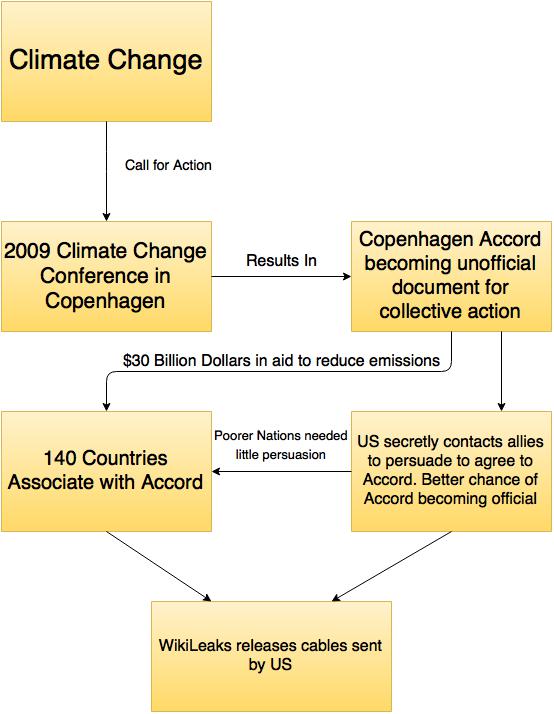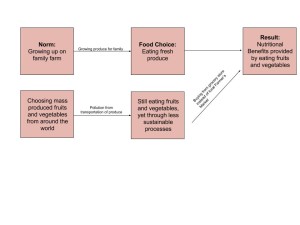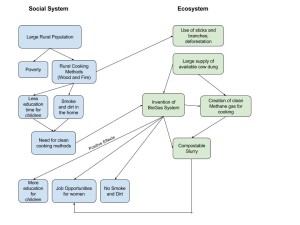Identify one or more threats to biodiversity in your home region. Use information learned in this module as well as drawing upon lessons learned in previous modules. Make sure to include how these threats can be avoided or fixed. 150-200 words.
My home region is Northeast Pennsylvania, specifically a region known as The Poconos. In order to identify the biggest threats to biodiversity in the Poconos, the acronym HIPPO will be the of help. Habitat Loss and human population are the biggest threats to my region. The Poconos are growing in population at a rapid rate. People are moving from New York City and the surrounding areas to the Poconos for a “quieter” lifestyle. However, with this brings development, which was also discussed in module 5. Development needs to happen in order to have places for these people to live, as well as large areas of farm or forest taken away for shopping centers and other attractions. This is hurting the local environment on a large scale. In order to combat this threat, local governments can declare areas of forest as parks, not to be tampered with. They can also protect the farms that produce local foods or raise crops important to humans.
Compare and contrast the biodiversity of your region discussed in the last paragraph with that of the Amazon Rainforest discussed in the case. 100-125 words.
There are many obvious differences between Northeast Pennsylvania and the Amazon Rainforest. My region is much more dry than the Rainforest, and therefore sustains a different kind of biodiversity. There are far less species of trees, plants, and animals in my region. However, this means that the rainforests are much more fragile when it comes to change or disruptions like deforestation. The regions are the same in the fact that population growth is promoting the clearing of land and trees. In the Amazon, poor farmers are clearing land to sell the trees for use as timber and building roads that destroy large areas. In my area, like discussed above, population growth promotes the building of new housing developments which destroys large forest areas where animals live.



